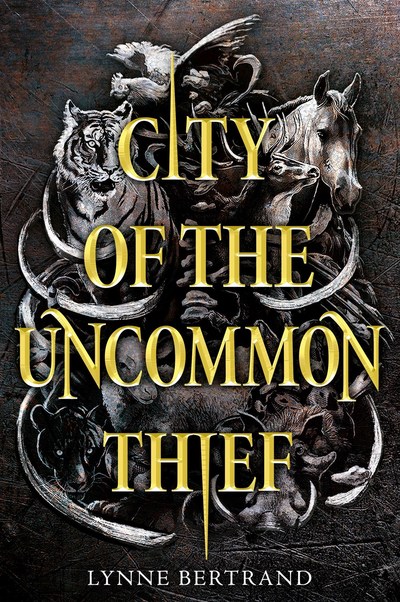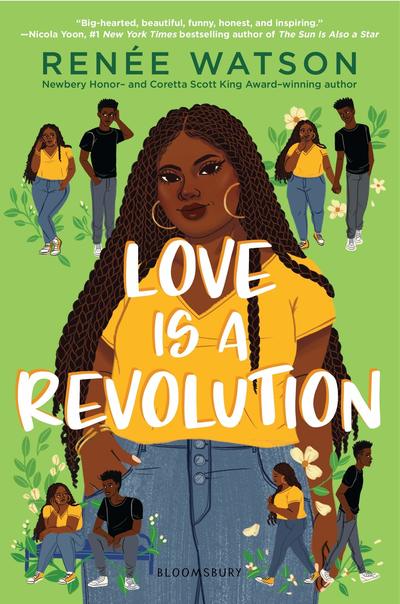Sixteen-year-old Izzy is content with her life—or, at least, she’s trying to be. As the younger sibling to a boisterous pair of twins, the daughter of distracted parents and the girlfriend of a popular and somewhat clingy boyfriend, Izzy tries to fit in wherever she can. That mostly means remaining silent and fading into the background, whether at school, at home or with the people she calls her friends.
So when Izzy accidentally and unwittingly stumbles into a comedy club, she seizes the opportunity to finally express herself. She forms genuine friendships with other young people she meets at the club who are as passionate about stand-up as she is and begins to build a new life outside the routine she’s always known. But keeping her two lives separate proves challenging, and Izzy is forced to reckon with who she really is and what she wants to stand for.
Katie Henry’s third novel, This Will Be Funny Someday, is a vibrant and engaging coming-of-age story. The book plunges readers into Izzy’s life as she faces new experiences and hurdles that shape her identity, from her relationship with her boyfriend to her role in her family. Told from Izzy’s perspective, the novel is shaped by her unique point of view—a perspective that’s still growing into itself. The book’s dynamic cast of characters, including not just Izzy’s friends from the club but also her former best friend, Naomi, introduce realistic conflicts that readers will find both captivating and truthful, from sexism and racism to repairing a broken bond.
Izzy’s story is about growth just as much as it is about success, and Henry demonstrates how she is subject to the consequences of her actions as well as worthy of her triumphs. Honest and hopeful, This Will Be Funny Someday will resonate with readers who crave characters who are authentic in both their struggles and their victories.


























